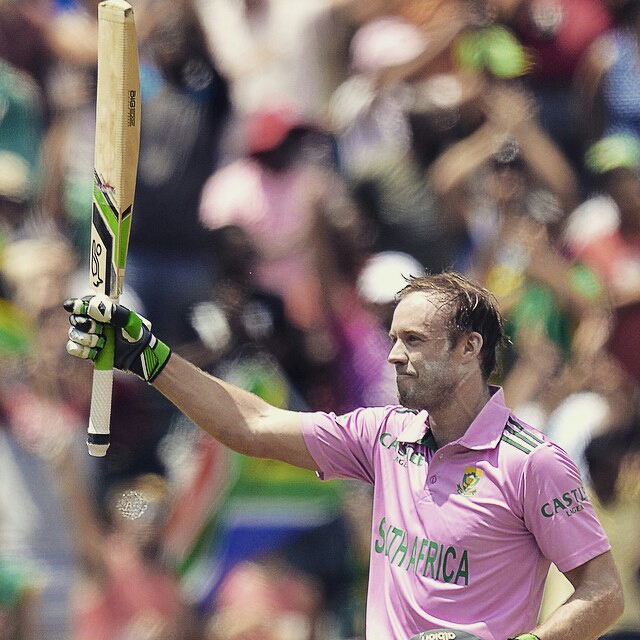Johannesburg.
It’s not a pretty place. It’s a place where strange things happen. It is cricket’s Bermuda Triangle.
Former Australian quick Mick Lewis probably shares the same thoughts.
He holds the record for the most runs conceded in an ODI.
It happened in Johannesburg.
0/113
He would tell you that for bowlers, Johannesburg is unsafe and that strange things happen there. That was his experience in March 2006.
January 2015 has seen another bowling apocalypse. Same place. Different names. Bigger scale.
Under normal circumstances, Rilee Rossouw making a century would be a headline event.
Before yesterday, 50% of his 10 ODI innings had returned an aggregate of zero runs.
Take a minute to let that sink in. Absorb it.
Under normal circumstances, Hashim Amla posting his highest ever ODI score would also be headline news.
153 (142)*
Under normal circumstances, people drive across continents to watch ‘The Hash’ bat. You would walk across the solar system to see him make 150.
Under normal circumstances, an opening batting partnership of 247 would usually be a talking point. No South African opening pair had ever achieved more.
It is a hard one to break.
But normal is probably a word that needs to be left at the door when AB de Villiers is the topic.
People bemoan the slow death of Test and ODI cricket due to the extremeness of T20.
Those people fail to realise that greatness can redefine, reshape and reset almost anything.
AB de Villiers has done that with the One Day game.
To be more precise, it was achieved in only 44 balls.
The 44 balls that shook the world.
It was carnage. He lobbed a grenade into the West Indian team huddle. It was unfair. They had no warning. They didn’t see it coming. They didn’t even know they were at war.
Those 44 balls that conceded 149 runs.
That’s a strike rate per ball of 3.38. In reality, you can’t hit a 3.38. Cricket is not that precise.
To achieve it, you need to be hitting or clearing the boundary. Continually. Practically every ball.
AB only faced the equivalent of 7.2 overs. He made 149 runs. That’s 20.32 per over.
If you extrapolate that over a full 50 over game, de Villiers was capable of making 1016 runs. Do the boring middle overs exist in this environment?
[Insert Dramatic Hyperbole praising AB de Villiers even further]
The truth of the matter is that those 44 balls are said to have claimed at least 10 world records.
They include the fastest ODI fifty and hundred, the fastest ODI century partnership, the highest strike rate for someone making a fifty or hundred and he is the only person to make an ODI ton when coming in after the 30th over has commenced. In fact, he’s done that one twice.
Why does he come in so late?
Coincidentally, multiple bowling records were also broken during those 44 balls. But they were not the good ones. Mick Lewis can rest easy knowing his 0/113 is still safe.
AB is fallible though.
He unselfishly got himself dismissed for 149.
If that wicket delivery had instead been a single, he would have also claimed the record for the fastest ever 150 in an ODI. It would have beaten the old record by only 37 balls.
That’s only a lazy 6 overs faster than the next best.
Cricket archaeologists will one day sift through the ruins of those 44 balls and discover yet more unrealised treasure. Of this, I am certain.
Under normal circumstances, the 44 balls that shook the world would not exist.
But this is Johannesburg..
Strange things happen in Johannesburg.
‘Normal circumstances’ is a term that never applies to AB de Villiers.
Did that really happen?
